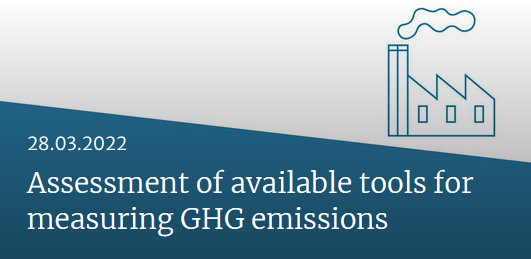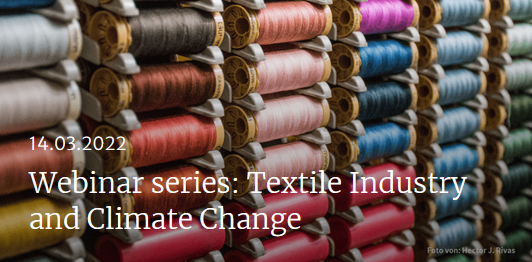Chapter 6.3
Climate action
Assessment and reduction
In its 6th Status Report of March 2023, the Intergovernmental Panel on Climate Change (IPCC) warned that we will exceed global warming of 1.5 degrees Celsius within the next decade. Current measures and implementation plans are inadequate both in terms of speed and scope. IPCC Chair Hoesung Lee offered the following commentary on the current situation: ‘We are walking when we should be sprinting.’ It is therefore high time for the textile sector to also integrate relevant reduction measures into all tiers of the supply chain.
OECD guidance for the garment and footwear sector lists greenhouse gas emissions as one of the sector risks. As such, this is part of the risk analysis carried out as part of the Review Process in the PST. This requires member companies to analyse whether there is a (potential) risk of high greenhouse gas emissions in their supply chain and to set out appropriate mitigation measures should this be the case. However, these measures have so far been limited primarily to the direct business of fashion brands and retailers. ‘Scope 1’ includes headquarters, sales and the respective branches. This often involves companies switching to electricity from renewable sources or installing photovoltaic systems.
Significantly more complex are conversion measures in the lower supply chain tiers (Scope 3). The production of garments and textiles – and finishing in particular – involves considerable demand for energy and heat. In producer countries in Asia, energy and heat are often generated from fossil fuels. So production facilities are often not able to solve their conversion to renewable energies simply by switching supplier. In many cases, this is because the provision of electricity, heat and energy cannot be guaranteed or costs are significantly higher – a disadvantage for producers. Purchasing companies should therefore work with their suppliers to identify feasible solutions locally and promote and support appropriate adaptation measures.
Focus topic on the circular economy and climate protection
With the new focus topic on the circular economy and climate protection, the Partnership for Sustainable Textiles is seeking specifically to address the use of resources. Partnership initiatives are designed to help members jointly promote the local impact of circular and resource-saving textile production, including lower greenhouse gas emissions.
In 2022, Partnership members laid the foundations for this by developing a reference framework, indicators and project ideas. Their shared objective was to accelerate the transformation process at production site level, set incentives for adaptation measures and work with producers to define targets and take specific steps towards reducing greenhouse gas emissions. The key task for 2023 is now to implement projects and roll them out on a large scale.
Further information on the
- Focus topic on the circular economy and climate protection can be found on the PST website.
- Sector risk climate and greenhouse gas emissions
- Support tools for assessing greenhouse gas emissions (Assessment of GHG measuring tools)
- Measures to reduce THG emissions in the webinar series based on the Playbook of the Fashion Industry Charter for Climate Action
- Multilingual eLearning courses on climate action training available on atingi: English, Mandarin, Khmer, Bengali, Vietnamese.
News
Assessment of available tools for measuring GHG emissions
To help companies find the right tool for balancing their greenhouse gas emissions, the Expert Group on Climate Protection has produced a 60-page overview document in cooperation with the Öko-Institute.


News
The importance of climate change for the textile industry
Four online events provide an overview of the significance of climate change for the textile industry, the accounting of greenhouse gas emissions and suitable reduction measures.

